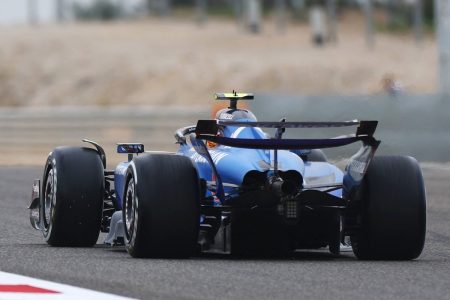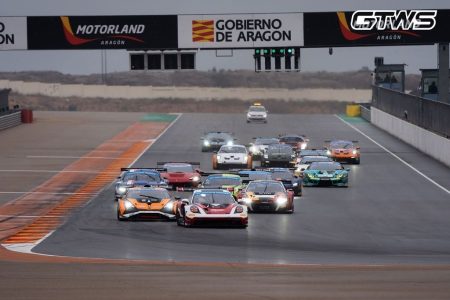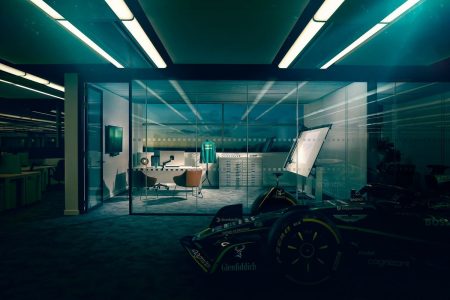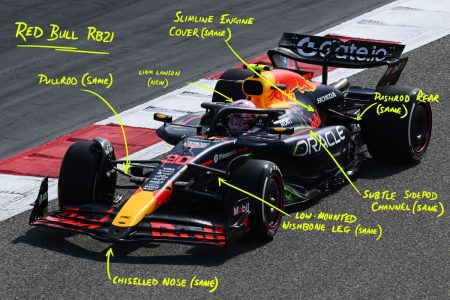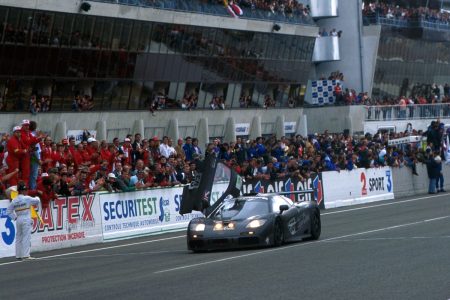Different Engines for Ducati Riders at Thailand Grand Prix
At the 2025 MotoGP season-opener in Thailand, Autosport revealed that three Ducati riders—Marc Marquez, Francesco Bagnaia, and Fabio Di Giannantonio—raced with a more advanced engine compared to the other Ducati riders. Despite the initial announcement that all six Desmosedicis would use the 2024 engine specification, a Ducati spokesperson confirmed to Autosport that the team had indeed used two different engine models. The newer engine, utilized by Marquez, Bagnaia, and Di Giannantonio, incorporates minor adjustments based on feedback from the factory riders. This decision highlights Ducati’s commitment to optimizing performance, even within the constraints of engine homologation rules.
Dominant Performance at the Thailand Grand Prix
Ducati’s dominance from the 2024 season continued into the 2025 Thailand Grand Prix weekend. Marc Marquez, making his debut on the factory Ducati team, dominated both the sprint race and the grand prix, securing a memorable double victory. His younger brother, Alex Marquez, riding for Gresini Racing, and Francesco Bagnaia of Ducati Team joined him on the podium in both races, demonstrating the formidable strength of Ducati’s lineup. Franco Morbidelli added to the team’s success by finishing in fourth place in the main race, making it an all-Ducati top four. Fabio Di Giannantonio, who used the updated engine, finished 10th, while Fermin Aldeguer, with the older engine, placed 13th. The results underscored the competitive edge and versatility of the Ducati bikes, especially with the newer engine specification.
Engine Homologation Rules and Ducati’s Compliance
The first grand prix weekend of the season is crucial for manufacturers that are required to freeze their engines, as they must homologate the engines they will use throughout the campaign. This year, Ducati, along with Aprilia and KTM, had to submit their engines to the technical staff of the International Road Racing Teams’ Association (IRTA) for verification. Honda and Yamaha, however, were exempt from this requirement due to concessions that allow them to continue developing their power units throughout the season, aiming to catch up with the leaders. Ducati, in compliance with the rules, submitted both engine specifications used by its riders, ensuring transparency and adherence to MotoGP regulations.
Feedback from Factory Riders
The decision to use two different engine specifications was driven by the feedback from Marc Marquez and Francesco Bagnaia during testing. These two riders, who are pivotal to Ducati’s factory team, provided valuable insights that led to the development of the more modern engine. The Ducati spokesperson emphasized that the changes are small but significant, tailored to improve performance based on the specific needs of the riders. This approach showcases Ducati’s responsiveness to rider input and its dedication to continuous improvement, even when facing the challenge of engine homologation.
Impact on Team Dynamics
The use of different engines by Ducati’s riders could have implications for team dynamics and strategy. While Marc Marquez, Bagnaia, and Di Giannantonio benefited from the updated engine, Alex Marquez, Franco Morbidelli, and Fermin Aldeguer had to adapt to the 2024 specification. This discrepancy might affect the consistency and morale of the team, especially for those on the older engine. However, Ducati’s decision to incorporate rider feedback suggests a balanced approach, aiming to maximize the performance of its factory riders while still supporting its satellite team members. The team will need to manage these differences carefully to maintain a cohesive and competitive front throughout the season.
Looking Ahead
As the MotoGP season progresses, the effectiveness of the different engine specifications will become more apparent. Ducati, with its dominant start, is well-positioned to continue its success, but the team will need to monitor the performance and reliability of both engine types closely. The feedback from the first race will be crucial in making any necessary adjustments. For other manufacturers like Aprilia and KTM, who also submitted their engines, the focus will be on bridging the performance gap and challenging Ducati’s hegemony. The ongoing development by Honda and Yamaha, who are not bound by the homologation freeze, could also shake up the competition. Ultimately, the 2025 MotoGP season is shaping up to be a thrilling contest, with Ducati’s strategic engine choice adding an intriguing dimension to the championship battle.


